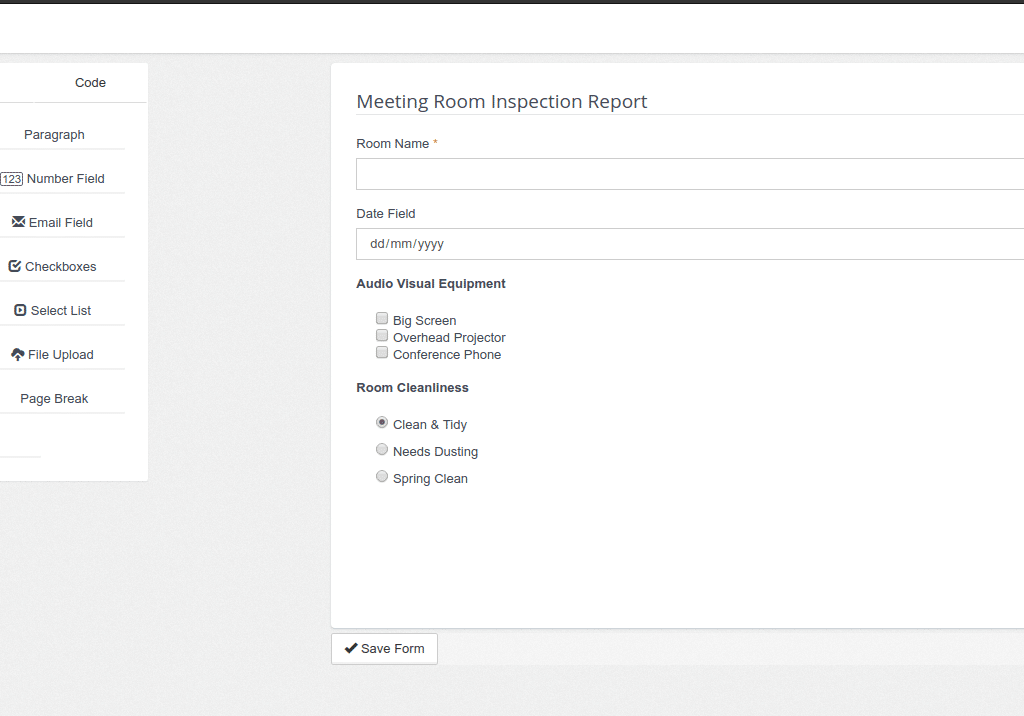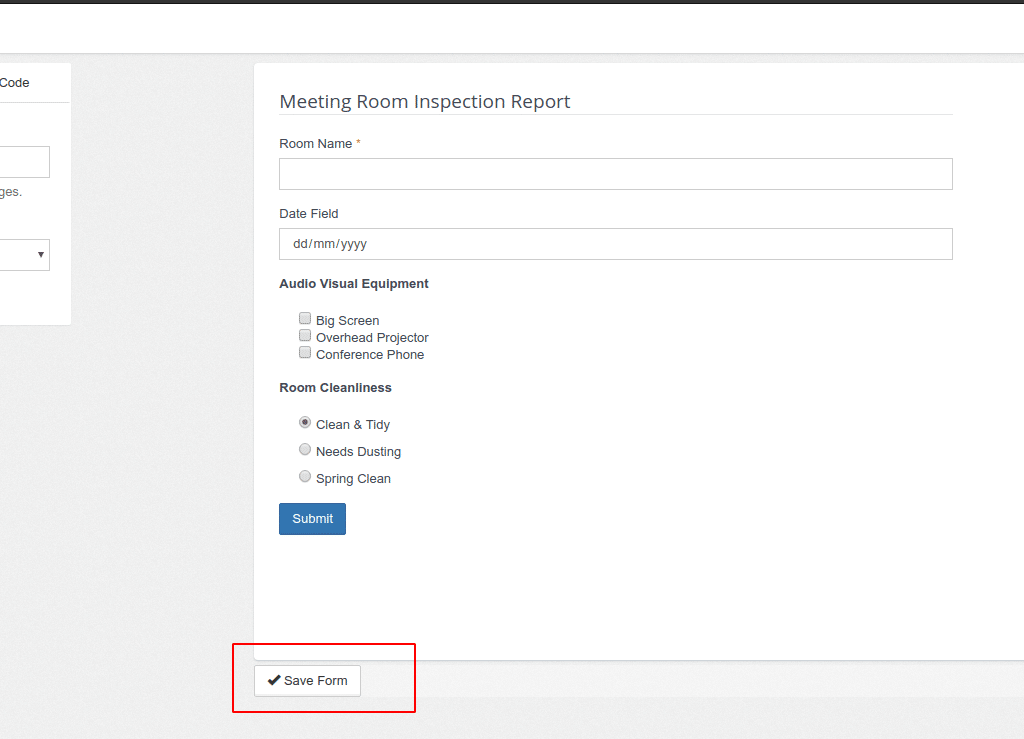Do you remember the days when energy was so cheap we paid the bill almost without thinking about it? Things have changed and we have the additional duty of reducing consumption to help save the planet. This is the third article in our mini-series on saving energy. It follows on from the first that explored implementing a management system, and the second listing practical things to implement on the shop floor. These open up the possibility of the variable energy bill we expand on as follows.
If ?variable energy bill? sounds strange to you, I used the unusual turn of phrase to encourage you to view things in a different light. We need to move on from the ?pie chart? mentality where we focus on the biggest numbers like materials, facilities and labour, and zoom in on energy where we can achieve similar gains faster with less pain. But first, we need to see beyond the jargon that governments and consultants love, and get to grips with the reality that we can vary our energy bill and bring cost down.
As executives we recognise this, although other pressures distract us from accepting it as a personal goal. And so we delegate it down the organisation to a level where it becomes ?another crazy management idea? we have to follow to stay out of trouble. I read somewhere that half the world?s organisations do not have energy as a defined objective to monitor in the C Suite. No wonder commerce is only pecking away at energy wastage at a rate of 1% per year.
Find out where you are ?spending energy? and relate this to your core business. If there are places where you are unable to make a connection, challenge the activity?s right to exist. Following the energy trail produces unexpected benefits because it permeates everything we do.
- Improved product design reducing time spent in factory
- Streamlined production schedules reducing machine run times
- Less wear on equipment reducing costly maintenance
- A more motivated workforce that is prouder of ?what we do?
As you achieve energy savings you can pass these on in terms of lower prices and greater market share. All this and more is possible when you focus on the variables behind your energy bill. Run the numbers. It deserves more attention than it often gets.


